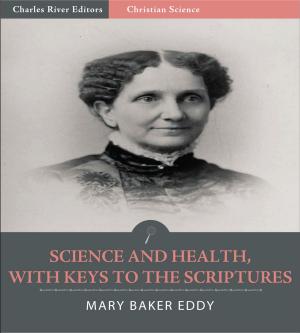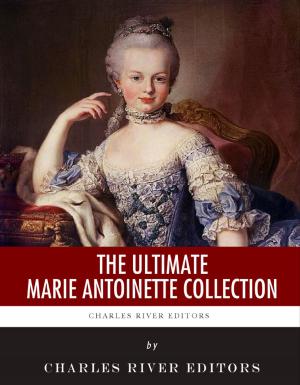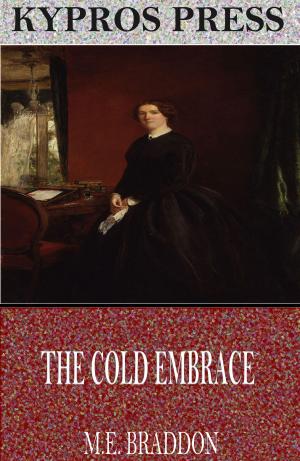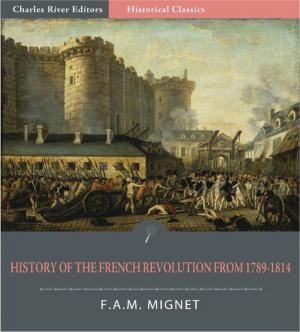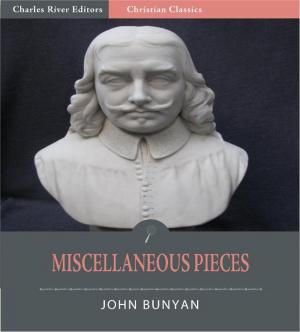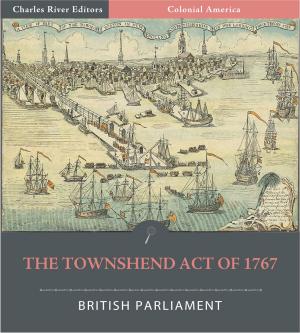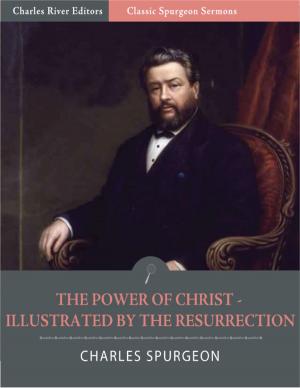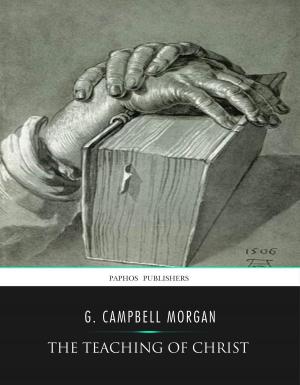Wave Theory of Light
Nonfiction, Science & Nature, Science, Physics, Optics, Other Sciences, History| Author: | Lord Kelvin | ISBN: | 9781619825765 |
| Publisher: | Charles River Editors | Publication: | February 6, 2012 |
| Imprint: | Language: | English |
| Author: | Lord Kelvin |
| ISBN: | 9781619825765 |
| Publisher: | Charles River Editors |
| Publication: | February 6, 2012 |
| Imprint: | |
| Language: | English |
William Thomson, 1st Baron Kelvin OM, GCVO, PC, PRS, PRSE, (26 June 1824 17 December 1907) was a mathematical physicist and engineer. At the University of Glasgow he did important work in the mathematical analysis of electricity and formulation of the first and second Laws of Thermodynamics, and did much to unify the emerging discipline of physics in its modern form. He worked closely with Mathematics professor, Hugh Blackburn, at the university in his work. He also had a career as an electric telegraph engineer and inventor, which propelled him into the public eye and ensured his wealth, fame and honour. For his work on the transatlantic telegraph project he was knighted by Queen Victoria, becoming Sir William Thomson. He had extensive maritime interests and was most noted for his work on the mariner's compass, which had previously been limited in reliability. Lord Kelvin is widely known for realising that there was a lower limit to temperature, absolute zero; absolute temperatures are stated in units of kelvin in his honour. On his ennoblement in honour of his achievements in thermodynamics, and of his opposition to Irish Home Rule, he adopted the title Baron Kelvin of Largs and is therefore often described as Lord Kelvin. A large number of his results are to be appreciated only by the highly skilled mathematician and physicist; but his speculations on the ultimate constitution of matter; his statement of the principle of the dissipation of energy, with its bearing upon the age of life on the earth; his calculations as to the age of the earth itself, and much more, are of great general interest. Wave Theory of Light is a collection of excerpts from lectures Lord Kelvin gave in the 1880s about light, specifically the still new theory that light actually consisted of waves. This edition is specially formatted with a Table of Contents.
William Thomson, 1st Baron Kelvin OM, GCVO, PC, PRS, PRSE, (26 June 1824 17 December 1907) was a mathematical physicist and engineer. At the University of Glasgow he did important work in the mathematical analysis of electricity and formulation of the first and second Laws of Thermodynamics, and did much to unify the emerging discipline of physics in its modern form. He worked closely with Mathematics professor, Hugh Blackburn, at the university in his work. He also had a career as an electric telegraph engineer and inventor, which propelled him into the public eye and ensured his wealth, fame and honour. For his work on the transatlantic telegraph project he was knighted by Queen Victoria, becoming Sir William Thomson. He had extensive maritime interests and was most noted for his work on the mariner's compass, which had previously been limited in reliability. Lord Kelvin is widely known for realising that there was a lower limit to temperature, absolute zero; absolute temperatures are stated in units of kelvin in his honour. On his ennoblement in honour of his achievements in thermodynamics, and of his opposition to Irish Home Rule, he adopted the title Baron Kelvin of Largs and is therefore often described as Lord Kelvin. A large number of his results are to be appreciated only by the highly skilled mathematician and physicist; but his speculations on the ultimate constitution of matter; his statement of the principle of the dissipation of energy, with its bearing upon the age of life on the earth; his calculations as to the age of the earth itself, and much more, are of great general interest. Wave Theory of Light is a collection of excerpts from lectures Lord Kelvin gave in the 1880s about light, specifically the still new theory that light actually consisted of waves. This edition is specially formatted with a Table of Contents.

